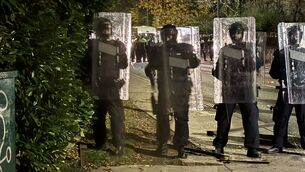Gap in budget requires an extra €1bn to meet rising demand for frontline services

This added demand will have to be dealt with before any tax cuts or spending rises can be considered, senior Government sources have said.
This means that the total additional spending to be announced in October’s budget will have to top €1.7bn, rather than the €600m previously stated by the Government.













